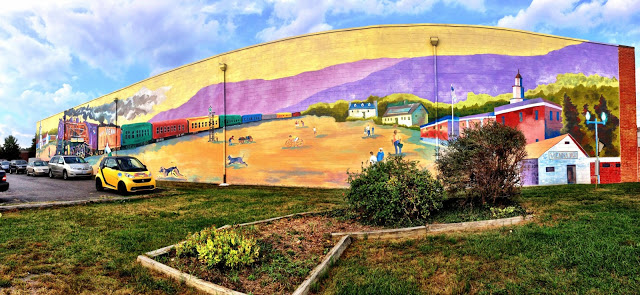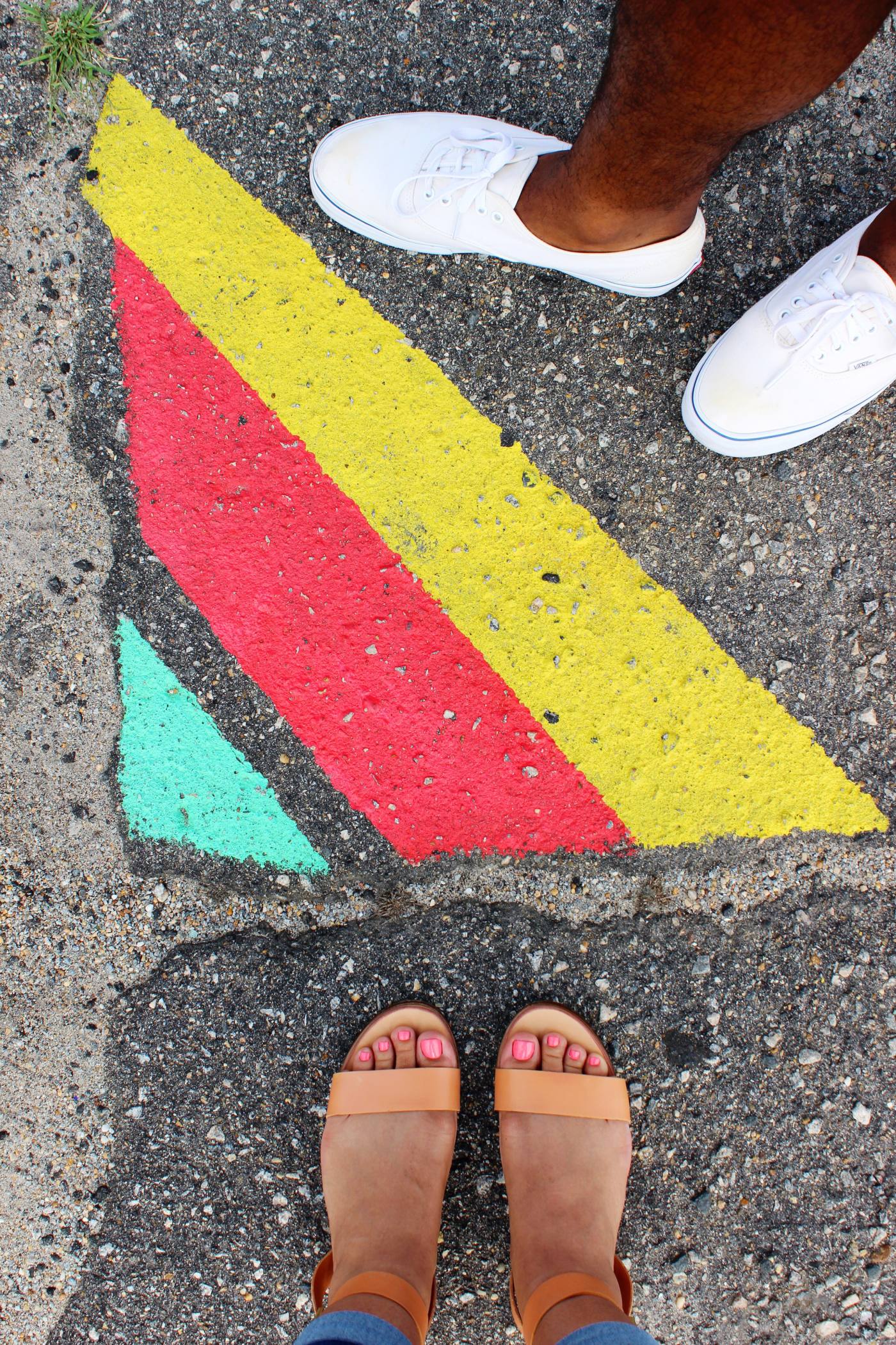
Creative Placemaking… As a arts management grad student, this is a subject that was often discussed in my arts policy class for majorly positive and a few negative reasons.
What exactly is creative placemaking?
Well in technical terms -> Creative placemaking (CP) is the practice of leveraging the power of the arts, culture and creativity to serve a community’s interest while driving a broader agenda for change, growth and transformation in a way that also builds character and quality of place. (definition via)
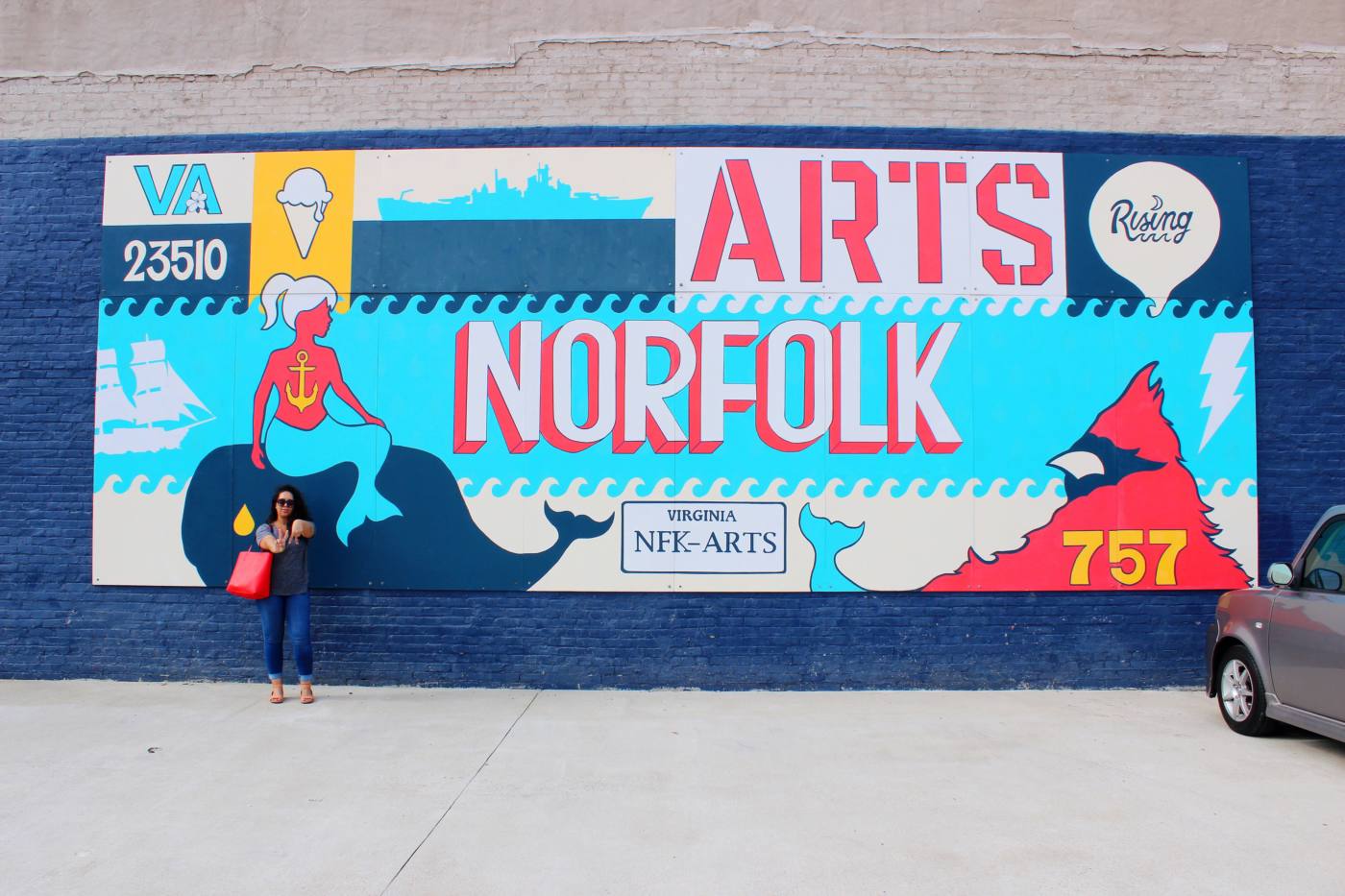
In simpler terms -> it’s an initiative, usually overseen by a city or town’s cultural affairs office or council, that uses the arts to rebrand and/or boost the character and economy of a specific area in a town or city – usually, an area associated with low income, lacking in business and/or having a bad reputation.
And let me tell ya’ll, creative placemaking is trending hard in the U.S.
Which is a good thing, for the most part.

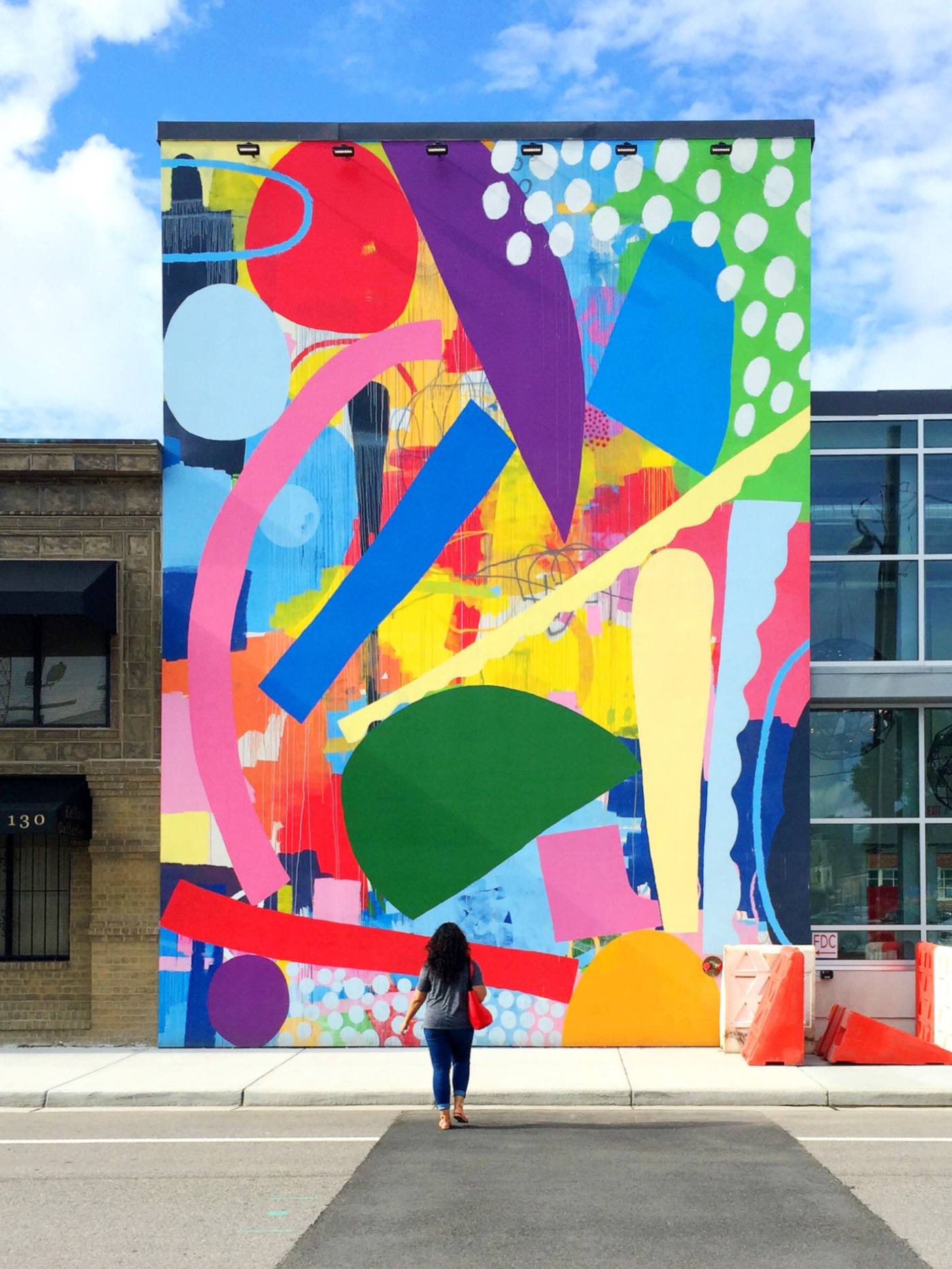
A recent example of creative placemaking in action is the NEON District in Norfolk, VA.
NEON standing for “New Energy of Norfolk”.
While visiting family last month, Charles and I had some downtime to stroll around this fairly new arts district and check out how the area was developing. In addition to their public art program, the NEON District is home to a few art galleries/artist studios, a comedy theatre, and the Chrysler Hall and Museum of Art – to name a few.

When done right, creative placemaking benefits all parties – the city or town, the artists and the community of people who live in the area identified for creative industry.


When done wrong, everyone benefits initially but long term, the artists and community in the area are the first to suffer.
Because what happens when an area of low income turns into a happening place for the arts and creativity?
Well, people from outside the area flock to the arts district thus boosting the economy over the years which usually leads to a rise in cost of living. And don’t get me started when big, private businesses start to see transformative arts districts as prime real estate.
If there aren’t any zoning, housing and local business policies in place to protect the community and the authenticity of its art and culture that is being used by the city the boost the economy… The artists and community are forced out by circumstance and this is the point in which creative placemaking ultimately turns into creative gentrification.


The only cases where I’ve seen creative placemaking thrive in the way it’s ideally supposed to be is when the city’s council includes the community in it’s planning process from beginning to end, a bottom up form of organizing as apposed to a top down directive that is most times out of touch with the needs of the community.
As far as what kind of impact the Neon District will have on the city of Norfolk?
Well, only time will tell since the Neon District only just officially launched a little over a year ago. But from Charles’s perspective as someone who grew up in the area (he reps hard for Chesapeake), nobody used to ever be “down in this area of Norfolk”. He could immediately see the positive difference public art made in the area as we walked around.
From what I could find online, it does look like the NEON district was an initiative that was created by a local group of creatives who saw a need for the arts in their community (bottom up agenda = yay!). They then presented the proposal to the Downtown Norfolk Council who thankfully also recognized the benefits of having an arts district. Planning on the back end for the NEON District was about 3-4 years in the making – just to give you an idea of how much work goes into taking the idea of creative placemaking and then actualizing it.


Three questions I consider whenever I research an creative placemaking initiative to get a general idea of how it connects its mission to actual operation (because I’m a nerd and find creative urban development to be a fascinating subject):
1) Are the streets artists commissioned to create public art chosen from outside the community or inside the community?
2) Do they (the individual organizations or the arts district as a whole) have any programming that focuses on community engagement and outreach? <– an important question for me because I believe everyone should have access to the arts.
3) Is affordable housing available in the area for artists who own businesses in the district/arts development (because let’s face it, artists don’t make alot of money – at least no consistently)? Are there policies in place to maintain affordable housing and creative spaces for artists and community when creative placemaking does what it’s supposed to do, i.e. boost the economy thus raising the cost of living?


So how does the NEON District answer to my questions?
1) Are the streets artists commissioned to create public art chosen from outside the community or inside the community?
Both, any artist can apply for the Public Art Program. Bonus: Costs associated with creating the art (i.e. supplies, etc) are covered through a small grant.
2) Do they (the individual arts organizations or the arts district as a whole) have any programming that focuses on community engagement, education and/or outreach? <– an important question for me because I believe everyone should have access to the arts.
Yes and No. YES – Individually, there are a few organizations that have education & outreach programming. As a whole, the NEON District hosts the NEON Festival, a 4 day event celebrating art and performance that is free and open to the public, including some child specific programming. NO – because technically the NEON District is very location specific and operates on the premise of a person having to go to the District to experience art. Once again, the NEON District is still fairly new but long term, I wonder if they have any plans to create programming that goes out into the community. Also wonder if they plan to have any arts educative programming in addition to their annual festival.
3) Is affordable housing available in the area for artists who own businesses in the district (because let’s face it, artists don’t make alot of money – at least no consistently)? Are there policies in place to maintain affordable housing and creative spaces for artists and community when creative placemaking does what it’s supposed to do, i.e. boost the economy thus raising the cost of living?
From an online glance, there didn’t seem to be an artist specific affordable housing program in place. And for the second question, not sure what’s been agreed to in fine writing as they planned for the arts district but I couldn’t find anything online either.
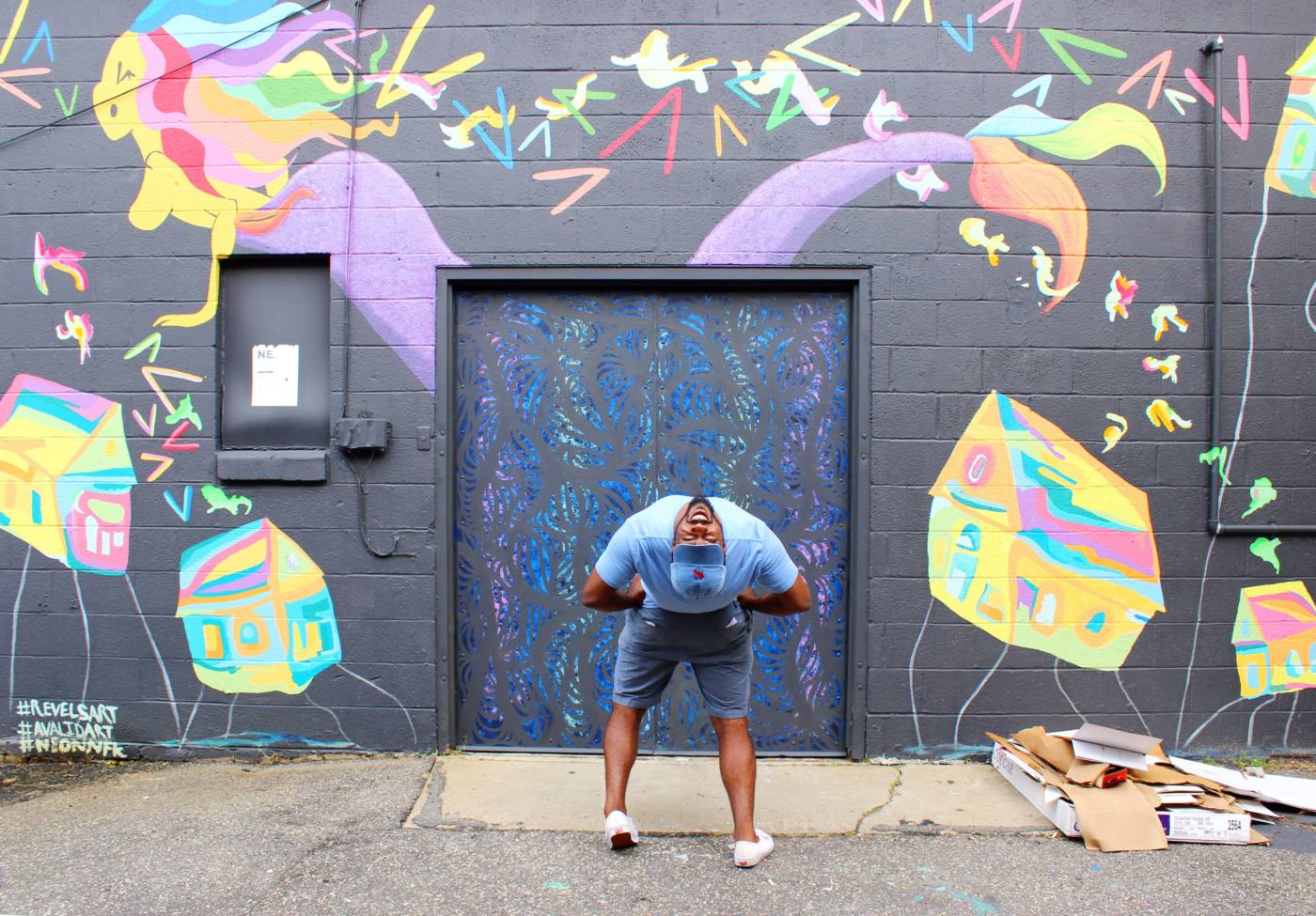

The NEON District is definitely a case I will be watching to see how it develops as buzz around it grows and more people become aware of it’s existence and general purpose… I say, give it 5 years before we start seeing signs of its impact in a measureable way. And then another 5-10 years to see how it affects the landscape of the surrounding area and community.
With that said, if you’re ever in the 757 area – make sure to check out the NEON District in downtown Norfolk. It’s got a hipster vibe that naturally attracts a millennial audience while also providing fun, open spaces that feel family friendly. It’s a great place to take photos and word on the street is that a brewery will opening up in the area this fall.
Art and Beer = More the cheer. :)
More on the NEON District here.
What are your thoughts on creative placemaking?
P.S. If you actually read through today’s post from top to bottom, go you! I tend to keep my grad student side of life separate from this space but every once in a while, my arts management and blogging worlds collide and I thought it might be fun to talk about a subject that has piqued my interest in the past year. #NerdySetarra:)
P.P.S. When in doubt, support the arts!
(linking up with wanderful wednesday)
4

